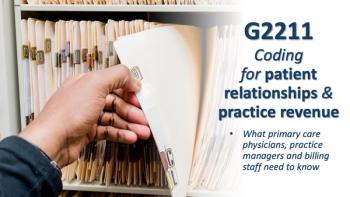
How you can curb the measles outbreak
Four ways you can communicate the severity of the measles outbreak to your patients and protect your staff.
Measles is one of the most contagious infections. So far in 2019, there have been
Why then, after so many years, is measles making a comeback? This year’s initial cases have been traced to travelers who brought the disease back from
Clinicians must remain resilient and do all they can to keep vaccination rates high and educate the public. One more vaccinated patient is one fewer who might catch the illness and further perpetuate an outbreak.
Once a neighborhood, school or community reaches a high concentration of unvaccinated individuals, it is only a matter of time before measles returns - and spreads widely, as has been seen in Washington, New York and Michigan. Physicians and healthcare providers who are at the forefront of care play a key role in impeding the spread of this infectious disease. Here are four ways you can help manage a measles outbreak:
1. Screen every patient
2. Protect your patients
The measles virus can live up to
3. Communicate possible outbreaks with patients and visitors
If you suspect your office has been compromised by an infected patient with a contagious disease, communicate this to all patients and staff as soon as possible. Providing clear, accurate and helpful information is crucial. While you do not want to initiate a sense of panic, it is essential to tell patients what symptoms to look out for, the correct treatment plan and if they need to go to the emergency department.
4. Familiarize yourself with the signs and symptoms of measles
Infectious diseases can present differently on each person. Sometimes, patients don’t “read the textbook.” Since there have been so few cases of measles and other infectious diseases, physicians may not have seen or treated patients with the actual disease before. Not every physician is an expert in dermatology and may not understand
The number of measles cases continue to rise in the United States and currently shows no sign of abating, despite the variety of public health official and local government efforts. It is more critical than ever to raise awareness about the dangers of measles and other infectious diseases.
Encourage patients, local health organizations and community members to do all they can to reduce the instances of new infections. We must all do our part to educate and inform those around us on the importance of vaccination and how effective the MMR vaccine has been for the last 50-plus years.
Read more:
Peter Alperin, MD, is vice president at
Newsletter
Optimize your practice with the Physicians Practice newsletter, offering management pearls, leadership tips, and business strategies tailored for practice administrators and physicians of any specialty.








